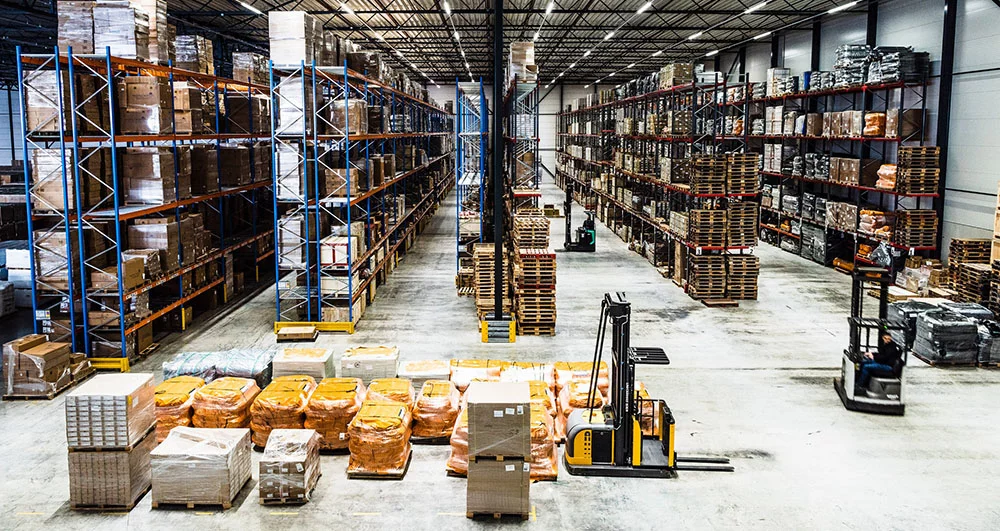Projects cargo handling involves the management and transportation of large, heavy, or oversized cargo typically associated with major infrastructure projects, industrial operations, and large-scale construction endeavors. This sector of logistics is crucial for the successful execution of projects that require specialized handling, transportation, and delivery of equipment and materials. This article provides a comprehensive overview of projects cargo handling, including its importance, processes, challenges, and best practices.
What is Projects Cargo Handling?
Projects cargo handling refers to the logistics and management of cargo that is critical to large-scale projects. This includes heavy equipment, machinery, structural components, and other oversized items that cannot be easily transported using standard methods. Handling such cargo requires specialized equipment, techniques, and expertise to ensure safe and efficient delivery.
Key Components of Projects Cargo Handling
1. Planning and coordination: Effective projects cargo handling begins with thorough planning and coordination. This includes determining the specific requirements for transportation, storage, and delivery of cargo, as well as coordinating with various stakeholders, including suppliers, transport providers, and project managers.
2. Specialized equipment: Handling oversized or heavy cargo often necessitates the use of specialized equipment such as cranes, forklifts, and heavy-duty trucks. This equipment is essential for safely loading, unloading, and transporting large items.
3. Permits and regulations: Transporting oversized or heavy cargo often requires special permits and adherence to local, regional, or national regulations. This can include road permits, escorts, and compliance with safety standards.
4. Loading and unloading: The process of loading and unloading projects cargo must be carefully managed to avoid damage and ensure safety. This often involves the use of cranes, hydraulic lifts, and other equipment designed for heavy lifting.
5. Transportation: The transportation of projects cargo may involve multiple modes of transport, including road, rail, sea, and air. Each mode has its own considerations and requirements, which must be managed to ensure timely and secure delivery.
6. Storage: Proper storage of cargo before, during, and after transportation is critical. This includes ensuring that cargo is protected from environmental factors and is stored in a way that facilitates easy access and handling.
Importance of Projects Cargo Handling
1. Ensures project timelines: Timely delivery of equipment and materials is essential for keeping projects on schedule. Effective cargo handling minimizes delays and ensures that all components are available when needed.
2. Reduces risk of damage: Specialized handling techniques and equipment help to protect cargo from damage during transportation. This is especially important for expensive or sensitive equipment that is crucial to project success.
3. Improves safety: Proper handling and transportation of heavy and oversized cargo reduce the risk of accidents and injuries. Safety measures and protocols are essential to protect both personnel and equipment.
4. Optimizes resources: Efficient cargo handling can lead to cost savings by optimizing the use of resources such as transport vehicles and equipment. This also helps to avoid unnecessary expenses related to delays or damage.
Challenges in Projects Cargo Handling
1. Complex logistics: Coordinating the movement of oversized and heavy cargo involves complex logistics, including route planning, equipment management, and scheduling. This complexity can lead to potential delays and increased costs.
2. Regulatory compliance: Navigating the regulatory environment for transporting large and heavy cargo can be challenging. Different regions have varying regulations and permit requirements, which must be carefully managed to avoid legal issues.
3. Equipment limitations: Specialized equipment required for handling projects cargo can be expensive and may have limitations in terms of capacity and availability. Ensuring that the right equipment is available and in good working condition is crucial.
4. Risk management: Handling large and heavy cargo involves inherent risks, including potential damage to the cargo, equipment, and infrastructure. Effective risk management strategies must be in place to address these risks and mitigate potential issues.
Best Practices for Projects Cargo Handling
1. Detailed planning: Develop a comprehensive plan that outlines all aspects of cargo handling, including transportation routes, equipment needs, and regulatory requirements. This plan should be regularly reviewed and updated as needed.
2. Use of technology: Implement advanced technologies such as GPS tracking, real-time monitoring, and automated systems to improve visibility and control over the cargo handling process.
3. Experienced personnel: Employ skilled and experienced personnel who are trained in handling large and heavy cargo. Their expertise can help ensure that all procedures are followed correctly and that potential issues are addressed promptly.
4. Regular maintenance: Ensure that all specialized equipment used for handling cargo is regularly maintained and inspected. This helps to prevent breakdowns and ensure that equipment is operating safely and efficiently.
5. Compliance with regulations: Stay informed about and comply with all relevant regulations and permit requirements. This includes obtaining necessary permits, coordinating with local authorities, and adhering to safety standards.
6. Effective communication: Maintain clear and open communication with all stakeholders involved in the cargo handling process. This includes suppliers, transport providers, project managers, and regulatory authorities.
Future Trends in Projects Cargo Handling
1. Integration of advanced technologies: The use of technologies such as artificial intelligence, machine learning, and IoT is expected to enhance the efficiency and accuracy of cargo handling. These technologies can improve route planning, equipment management, and risk assessment.
2. Sustainability initiatives: There is a growing focus on sustainability in projects cargo handling. This includes adopting environmentally friendly practices, such as using energy-efficient equipment and minimizing carbon emissions.
3. Increased automation: Automation is likely to play a larger role in projects cargo handling. Automated systems can improve efficiency, reduce human error, and streamline various aspects of the handling process.
4. Enhanced safety measures: Continued emphasis on safety will lead to the development of new safety technologies and protocols. This includes better training programs, advanced safety equipment, and more rigorous risk management strategies.
Projects cargo handling is a critical component of large-scale projects that require the transportation and management of oversized and heavy cargo. Effective handling involves careful planning, specialized equipment, and adherence to regulations. Despite the challenges, best practices and emerging trends offer opportunities to improve efficiency, reduce costs, and enhance safety. As projects continue to grow in scale and complexity, the role of projects cargo handling will remain essential for the successful completion of major infrastructure and industrial projects.

